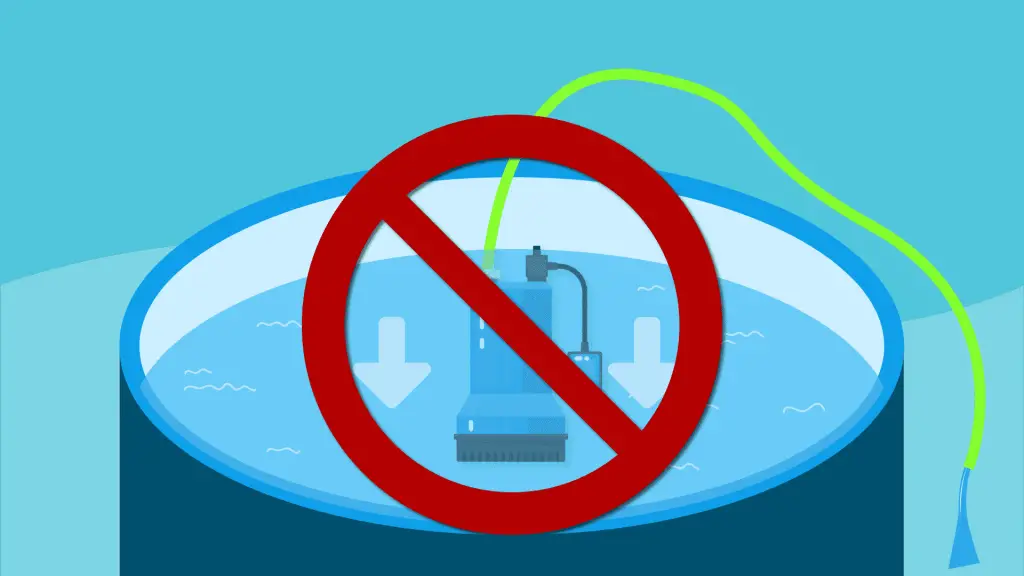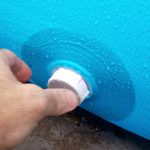If you own an above ground pool, it’s important to know how to properly drain it when necessary. Whether you’re preparing to close the pool for the winter, needing to make repairs, or simply looking to clean it thoroughly, draining your above ground pool should be done correctly to avoid any damage or complications.
:max_bytes(150000):strip_icc()/GettyImages-1267393712-da19783cd0b247eda66951dab244a979.jpg)
Credit: www.thespruce.com
Step 1: Gather the Tools and Materials
Before starting the draining process, gather the necessary tools and materials to ensure a smooth and efficient operation. Here’s what you’ll need:
- A submersible pump or a siphon hose
- A garden hose (if using a siphon hose)
- A pool test kit
- A pool brush or vacuum
- A pair of rubber gloves
- A pool cover (if closing the pool for the winter)

Credit: blog.linerworld.com
Step 2: Test the Water’s Chemical Balance
Before draining your above ground pool, it’s important to test the water’s chemical balance using a pool test kit. This will help you determine if the water can be safely discharged into the environment without any harm. If the chemical levels are within the acceptable range, you can proceed with the draining process.
Step 3: Lower the Water Level
If you’re planning to drain the pool entirely, start by lowering the water level to around one inch above the pool’s bottom. You can do this using a submersible pump or a siphon hose. If using a submersible pump, place it in the center of the pool and let it run until the water level drops to the desired height. If using a siphon hose, connect it to a garden hose and create a vacuum by placing one end of the siphon hose inside the pool and the other end outside. Ensure the garden hose is facing downhill to allow the water to flow out of the pool.
Step 4: Clean the Pool
Once the water level is lowered, it’s an ideal time to clean the pool thoroughly. Use a pool brush or vacuum to remove any debris, algae, or stains from the pool walls and floor. This will ensure a clean and fresh pool when you’re ready to refill it.
Step 5: Drain the Remaining Water
After cleaning the pool, drain the remaining water completely. If using a submersible pump, place it near the bottom of the pool and let it run until the pool is empty. If using a siphon hose, reposition it to ensure all the water is drained out. Once the pool is completely emptied, you can proceed with any repairs or maintenance tasks as needed.
Step 6: Cover the Pool (If Closing for Winter)
If you’re closing your above ground pool for the winter season, it’s important to cover it properly to protect it from debris and harsh weather conditions. Install a pool cover that is designed specifically for your pool size and shape. Make sure the cover is securely fastened to prevent any unwanted intrusions or damage during the winter months.
Step 7: Refill the Pool
When you’re ready to use your above ground pool again, it’s time to refill it. Connect a garden hose to a water source and place the other end into the pool. Let the water fill the pool gradually, ensuring the water level stays balanced. Keep an eye on the water’s chemical balance and adjust it accordingly using the appropriate pool chemicals.
By following these steps, you can successfully drain your above ground pool, clean it thoroughly, and prepare it for any necessary repairs or winterization. Remember to always prioritize safety and adhere to environmental regulations when discharging the pool water.





